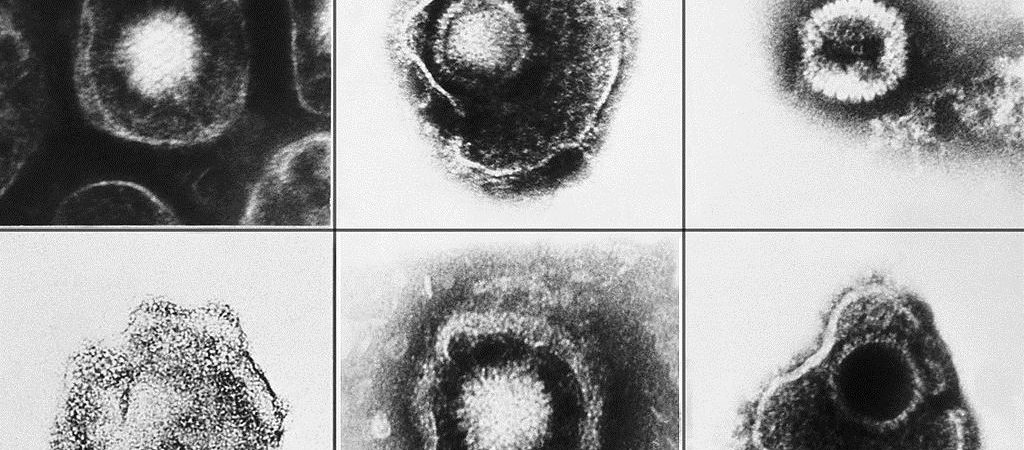
There’s a lot more “sex” going on between the oral and genital herpes viruses than scientists previously thought, according to a new study.
The study, published April 23 in The Journal of Infectious Diseases, found that the two herpes simplex viruses — known as HSV-1 and HSV-2 — mix their genetic material together, or “recombine,” more often than thought. (HSV-1 classically causes oral infections and HSV-2 causes genital infections.)
The researchers “found, basically, that there was considerably more recombination than had previously been appreciated,” between the two viruses, said study co-author Dr. Alex Greninger, an assistant professor of laboratory medicine at the University of Washington (UW) School of Medicine.
What’s more, although scientists knew that the two viruses had mixed in the distant past, the new study shows that this mixing continues to this day. “Herpes viruses are still having sex,” Greninger told Live Science. But the mixing appears to be a “one-way” exchange, with HSV-2 acquiring genes from HSV-1, and not the other way around, the authors said.
As a result, the genital herpes virus (HSV-2) continues to evolve, which could have negative implications for public health, the researchers said. For example, HSV-2 might evolve in a way that makes it resistant to current antiviral drugs. The ability of HSV-2 to mix with HSV-1 could also be a barrier to the development of a vaccine against herpes, which doesn’t yet exist, Greninger added.
Herpes history
The two herpes simplex viruses diverged from a single virus about 6 million years ago, with HSV-1 evolving to infect human ancestors, and HSV-2 evolving to infect primates, the authors wrote. But about 1.6 million years ago, HSV-2 jumped species to infect the human lineage as well. Since that time, HSV-2 has been “adapting to the human lineage,” Greninger said.
In recent years, studies have shown that most HSV-2 strains actually have some HSV-1 genes, indicating that these viruses mixed a long time ago. But whether they still mixed today was unclear.
In the new study, led by Dr. Amanda Casto, a senior fellow in infectious diseases at UW School of Medicine, the researchers sequenced the genomes of more than 250 herpes simplex viruses that were collected as samples from patients (mostly in Seattle) between 1994 and 2016. Additionally, they used data from 230 HSV samples that had already been sequenced and made publicly available to researchers.
The team found evidence of recent mixing between HSV-1 and HSV-2. In several cases, HSV-2 acquired large chunks of DNA from HSV-1: 10 times larger than had previously been observed, Greninger said.
One case, in particular, was notable because it occurred in a person with a genital “co-infection” with both HSV-1 and HSV-2. The HSV-2 strain in this patient contained a large chunk of DNA from HSV-1. In this case, it’s likely that the mixing occurred in that very patient, showing that recombination “continues to occur today,” the paper said.
Such co-infections are likely contributing to the ability of the two viruses to mix, the authors said. Interestingly, although HSV-1 classically causes oral infections, in recent years, it has been causing more genital infections, creating opportunities for co-infections.
Vaccine challenges
The mixing of HSV-2 with HSV-1 could create challenges in developing vaccines against herpes simplex viruses. For example, if researchers create an HSV-2 vaccine, the virus might be able to “swap out” some of its genes to escape being targeted by the vaccine, Greninger said.
In addition, if researchers make a vaccine that contains a live, “attenuated” (or weakened) strain of HSV-2, it might be possible for this weakened strain to “reboot” and become more virulent if it acquired genes from HSV-1, the authors said.
One limitation of the new study is that it used samples collected mainly in Seattle, the researchers said. As such, they are calling l for larger studies that sequence herpes simplex viruses from a more diverse population to get a better idea of the extent of mixing occurring between the viruses.
Source: Live Science

















